Bushmaster, Henry Seabald addressing a post war Bushmaster convention listed the following Bushmaster accomplishments.
The 158th Regimental Combat Team wrote the book on ‘Jungle Warfare’ with its own blood. Any history written about the war in the Pacific would be incomplete if it failed to mention the many military exploits of the ‘Bushmasters.’ You have set records that will never be broken. The 158th served five and one-half years on active duty and was:
- Continuously in a combat zone longer then any National Guard unit in all U.S. wars.
- The first Army unit to be trained in jungle warfare establishing the first Jungle Warfare School.
- The first Army unit to be sent overseas after Peal Harbor.
- The organization that traveled further in their 5 ½ years of active duty than any Army unit in any war.
Selected as one of the units to spearhead the invasion of Japan landing four days prior to the main invasion force on a small island off the island of Kyushu to silence Japanese early warning stations. You defeated the Japanese who had never been defeated in modern history. It is my pleasure to salute you Bushmasters for a job well done."
Although initially alerted for possible mobilization, the regiment did not see service during the Korean War. However a considerable number of officers and men from the regiment and other units volunteered for service during that conflict. On December 17, 1947, as a result of restructuring of Army National Guard units, the 158th Infantry Regiment's 102-year history came to an end. During ceremonies on the football field at Phoenix Junior College, former members of the regiment watched as the Regimental Colors were retired and the regiment passed in review for the last time. However this event was not to be the last chapter in the Regiments storied history. In 2005, Department of the Army authorized one battalion of the Arizona Guard to carry the designation first Battalion 158th Infantry.
On September 17, 2006, thirty-eight years after the colors were retired, a review was held at Arizona National Guard Headquarters, “Bushmaster Field.” There, soldiers of the new First Battalion 158th unfurled their colors and campaign streamers and paraded, marking the continuation of the 158th distinguished heritage and tradition. Soldiers of the battalion are authorized to wear the distinctive 158th Regimental Crest depicting a desert gila monster on a blue shield over the Spanish word “Cuidado.” Although not authorized to wear the famous “Bushmaster” patch of the 158th Regimental Combat Team the unit continues to operate as 1st Battalion 158th Bushmasters. Former members of the regiment and combat team share pride in knowing the regiments traditions and history are carried on by the 1/158th Infantry.
The Battalion was mobilized for service in Afghanistan in January of 2007, returning to the home station in March of 2008. During combat operations as a part of that mobilization, Staff Sergeant Charles Browning and PFC Mykel Miller were killed in action. Twenty-four of the Battalion’s solders were wounded in action. The unit, as part of the 29th Brigade Combat Team, continues its training to assure the 158th Infantry will be prepared to serve their country wherever the “Bushmasters” may be needed.
The 2005 museum opening featured a ceremonial transfer of the Regimental Colors from WW II members of the regiment to the Battalion Commander and Command Sgt Major of the newly formed 1st Battalion 158th Infantry Regiment. The ceremony signified the passing of the distinguished history and tradition of the famous regiment to 1st Battalion. The battalion served in Afghanistan from 2007-08 with smaller units and 12 man teams deployed through the summer of 2013. The museum exists to assure the 150 year-old history of the 158th Infantry Regiment and its soldiers both past and present continue to be preserved.
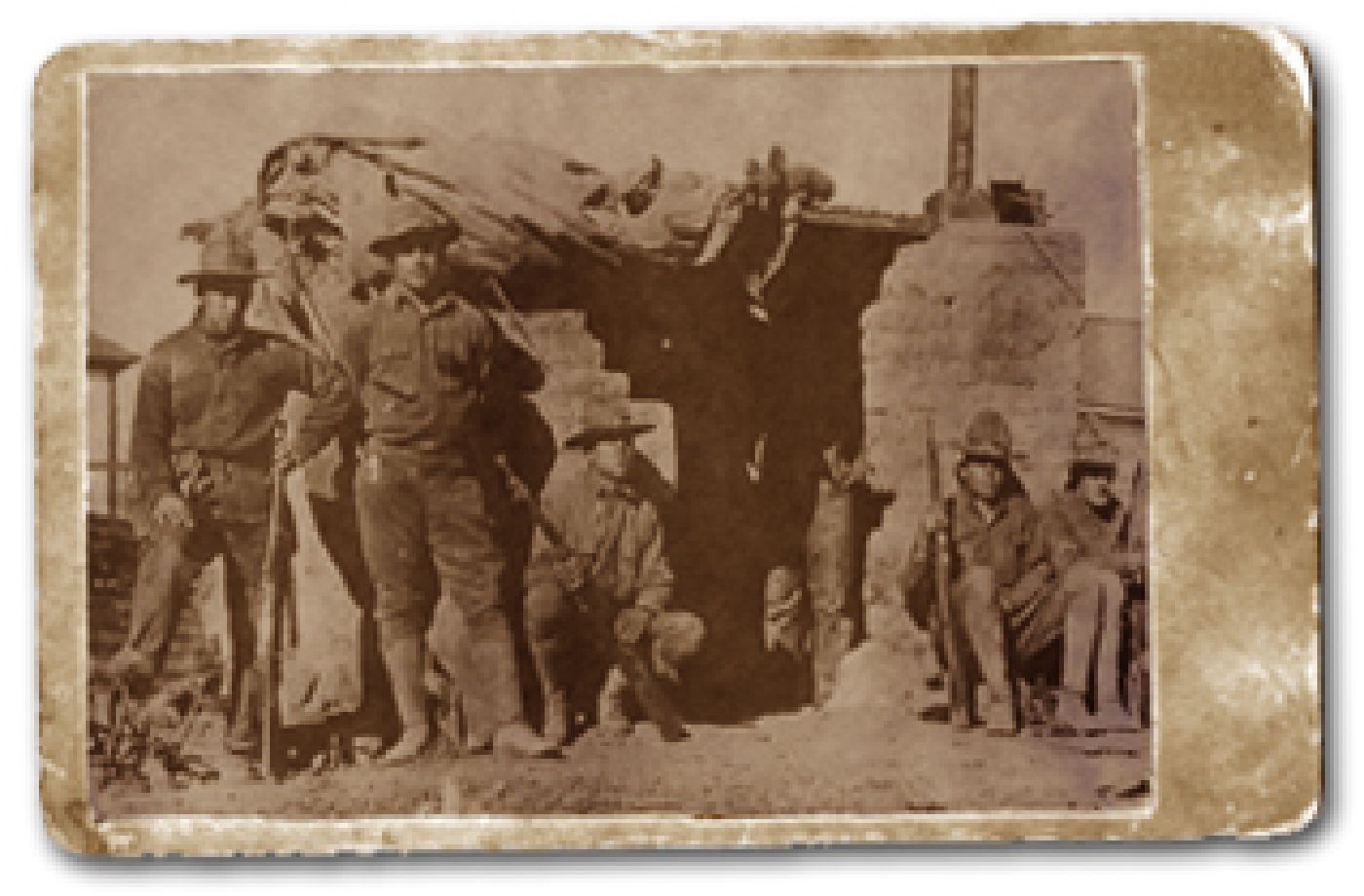
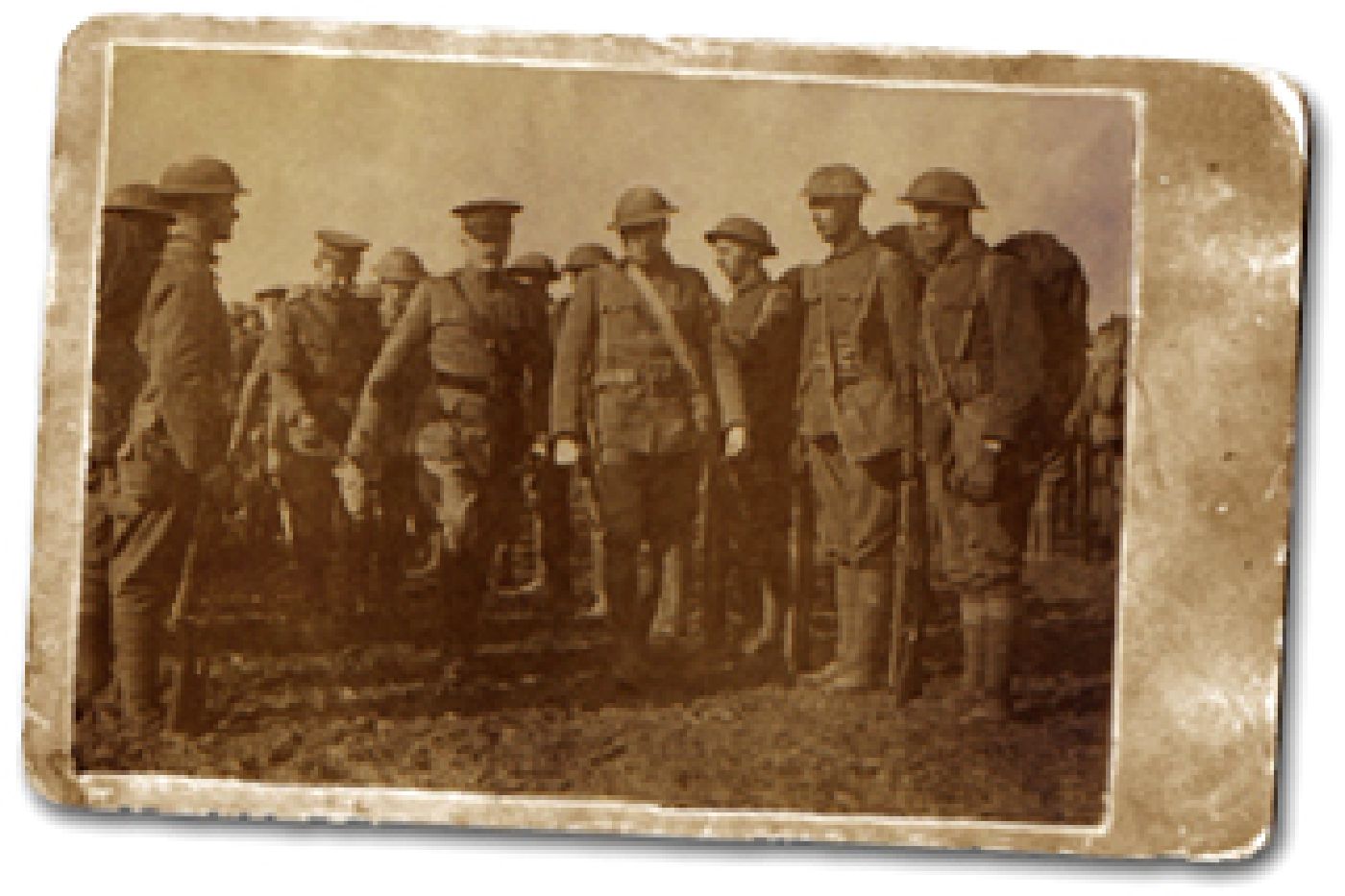
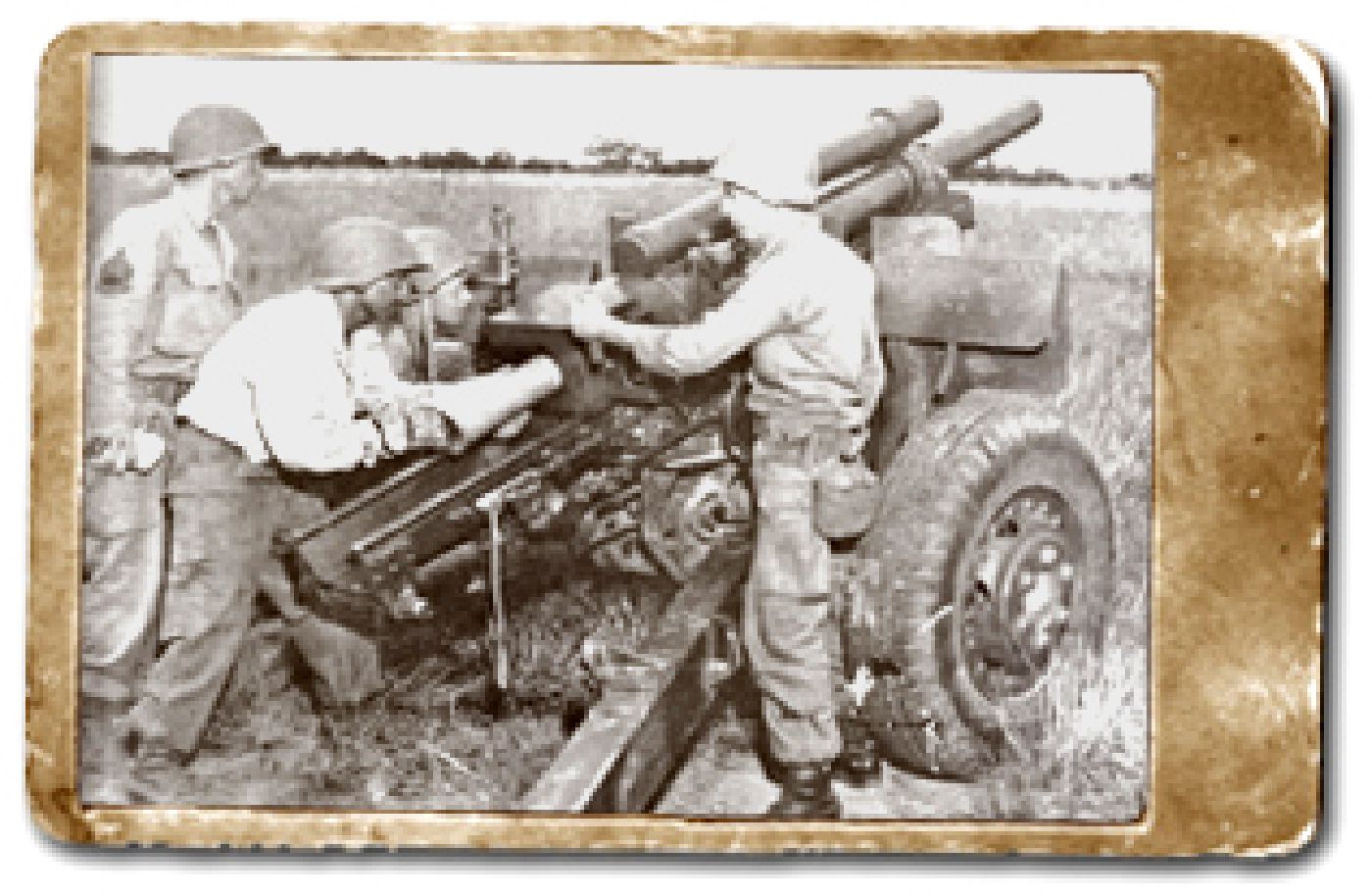
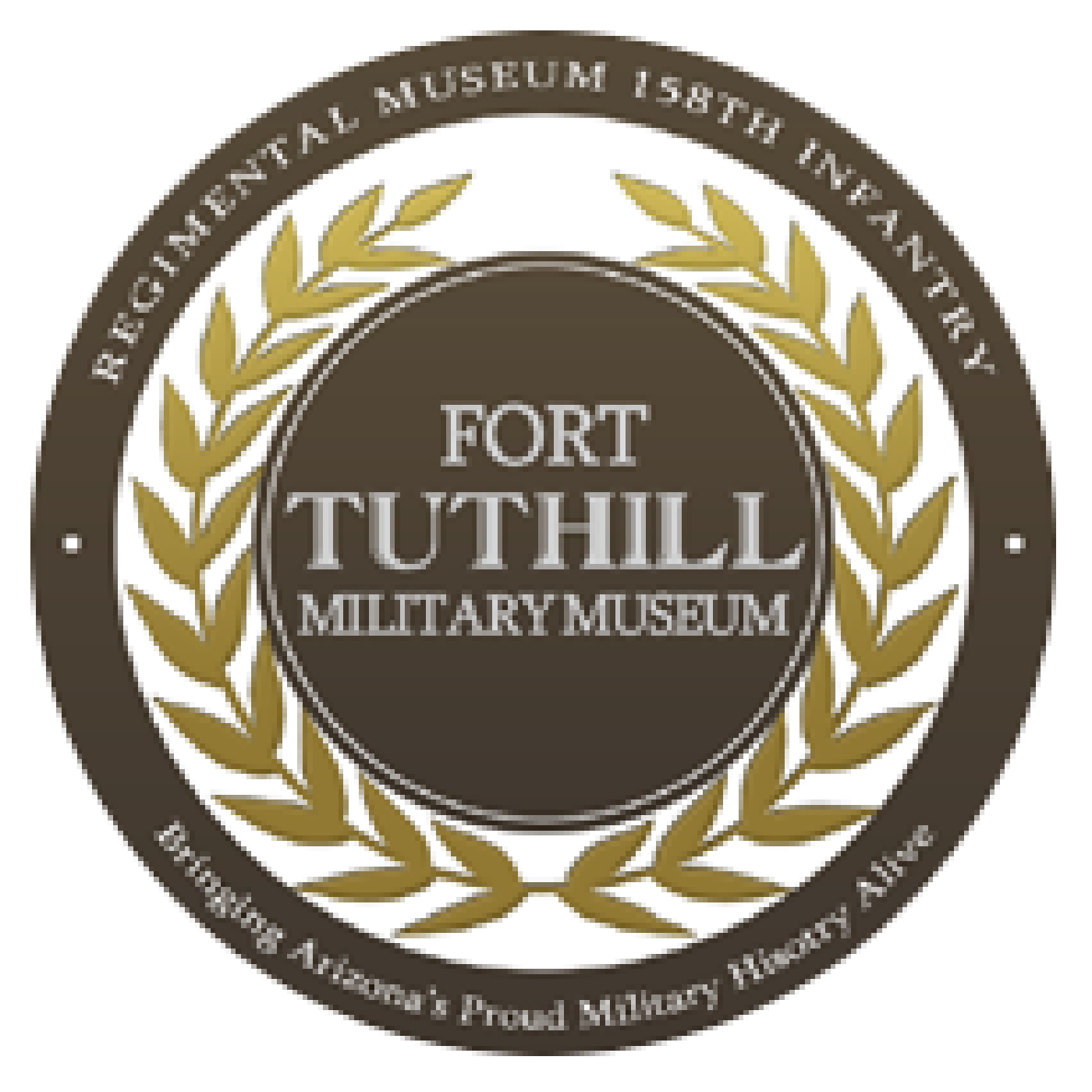
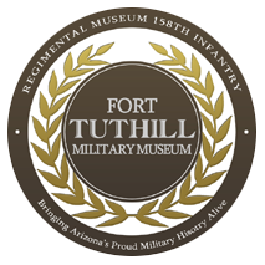
Follow Us